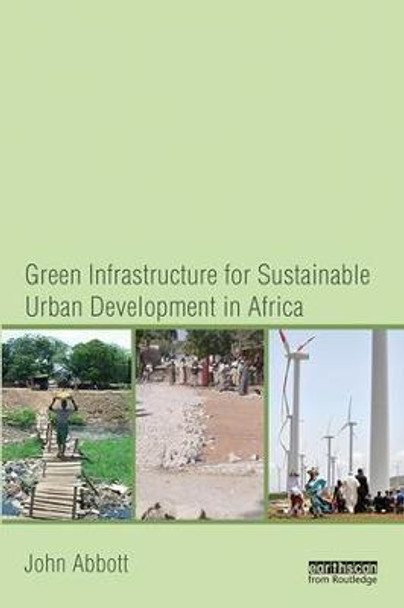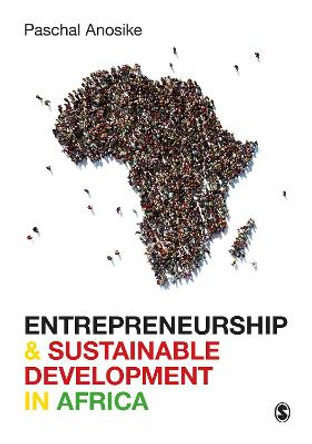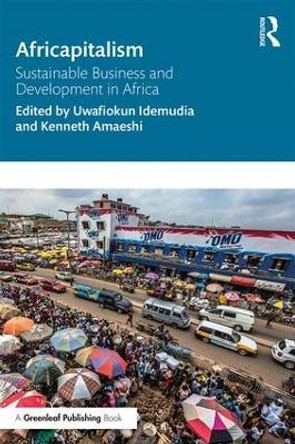Description
This book shows for the first time how green infrastructure can work in an African urban context. On one level it provides a major rethinking of the role of infrastructure in urban society since the creation of networked infrastructure in the early twentieth century. On another, it explores the changing paradigms of urban development through the fundamental question of how decisions are made.
With a focus on Africa's fast-growing secondary towns, where 70 per cent of the urban population live, the book explains how urban infrastructure provides the key to the relationship between economic development and social equity, through the mediation of natural resources. Adopting this view enables investment to be channelled more effectively to provide the engine for economic growth, while providing equitable services for all residents. At the same time, the mediation of resource flows integrates the metabolism of the city into the wider ecosystem. This vision leads to a new way of thinking about infrastructure, giving clear definition to the concept of green infrastructure.
On the basis of research gathered throughout an extensive career, John Abbott draws in particular from his experience in Ethiopia to demonstrate the ways in which infrastructure needs to respond to the economies, societies and natural environments of twenty-first century urban Africa.
About the Author
John Abbott is an international consultant specialising in the management of urban infrastructure, most recently with the government of Ethiopia. Over his career he has worked in local government, NGOs, the private sector and academia, where he was Professor of Urban Engineering at the University of Cape Town, South Africa.
Book Information
ISBN 9781138552111
Author John Abbott
Format Paperback
Page Count 500
Imprint Routledge
Publisher Taylor & Francis Ltd
Weight(grams) 453g






